The economy saw an unanticipated rebound amid the COVID-19 pandemic’s challenges, defying early predictions of downturns and instability. Not only has this amazing recovery supported economic expansion, but it has also given a chance and the confidence to think again about buying real estate, especially in the subdivision along Daang Hari. As the globe emerges from a state of lockdowns, people recognize the journey from the beginning of the crisis to the present by looking into the unexpected economic resiliency encountered after the pandemic.
Reflecting on Lockdown’s Genesis
Amidst the abrupt start of the global health crisis, people, organizations, and governments encountered unfamiliar challenges and significant disturbances to their everyday routines and financial steadiness. Communities around the world are plagued by fear, uncertainty, and economic downturns, which has led to drastic measures to stop the virus’s spread.
Communities came together, companies adopted remote work policies, and governments enacted historically large stimulus packages to prop up faltering economies. Going to the present, the difference is striking. What was once a time of anxiety and uncertainty has become an example of how adaptable and persistent people can be.
After years of uncertainty, the economy is thriving and resilient beyond even the most optimistic predictions. The development of the lockdown and the current state of the economy are examples of the resilience of the human spirit and the strength of group effort in the face of difficulty in the country.
Real Estate Market Assessment Post-Pandemic
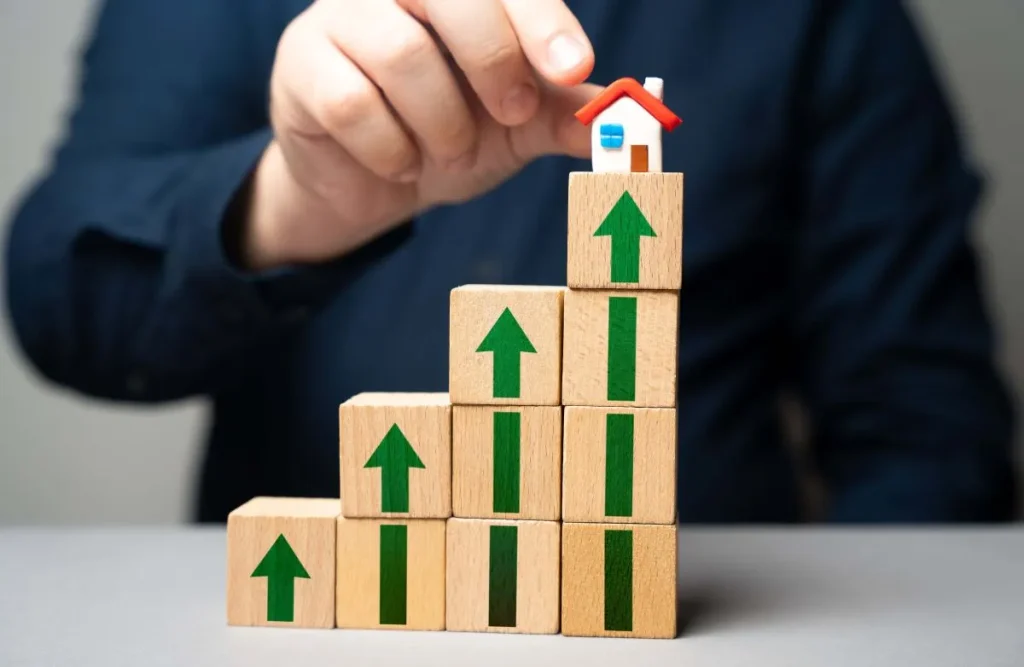
Following the pandemic, the real estate market in the country is at a turning point that calls for a thorough analysis in order to successfully negotiate the changing terrain. Several trends and dynamics become apparent when looking at the post-pandemic state of the market. While some industries have shown resilience and even growth, others are still facing difficulties. For example, a return to demand in residential real estate has been fueled by low mortgage rates, remote work arrangements, and changing consumer preferences toward larger homes.
On the other hand, one of the demand for office space is being impacted by the trend of remote work during the lockdown, and the retail industry is facing uncertainty due to shifting consumer habits. In the middle of all of this complexity, there are chances for investors to profit from new trends, for developers to think creatively and repurpose properties, and for homeowners to adjust to the realities of the new market.
Trends in GDP recovery and growth rates post-lockdown.
The Philippines’ GDP contraction and subsequent recovery illustrate a turbulent economic trajectory that began with the COVID-19 pandemic and ended with the imposition of strict lockdown measures. The lockdown initially caused a severe drop in the GDP as companies closed, supply chains broke, and consumer spending fell as a result of increased unpredictability and travel restrictions. This contraction was especially noticeable in industries like tourism, hospitality, and retail that rely heavily on physical presence.
But as the government stimulus programs took hold and lockdown measures relaxed, the economy started to slowly recover. The GDP recovered after the lockdown, showing resilience and adaptability as different sectors accelerated the pace of digital transformation and adjusted to new norms. Investments in infrastructure and fiscal stimulus plans, among other government initiatives, were vital in accelerating economic growth and promoting recovery. The Philippines’ GDP recovered remarkably well in spite of obstacles and uncertainty, with growth rates indicating encouraging signs of recovery—albeit at differing rates depending on the sectors and regions.
Pandemic-Era Employment Trends

Due to company closures, lowered operations, and budgetary constraints, the lockdown is the main cause in a sharp rise in job losses and unemployment rates. Industries that were particularly hard hit included retail, hospitality, and tourism, which led to widespread furloughs and layoffs. The transition to remote work and the closing of non-essential businesses also made the job crisis worse. But as the lockdown measures loosened and business as usual slowly picked back up, changes in the dynamics of the labor market surfaced.
Certain industries, like technology, healthcare, and e-commerce, saw a resurgence and an increase in demand for specific skill sets, which resulted in new job opportunities. Notwithstanding these encouraging signs, the employment recovery remained uneven across industries and geographical areas, with some labor force segments experiencing issues with underemployment and prolonged unemployment. The employment trends demonstrated the difficulties in adjusting to a quickly changing economic environment and the necessity of focused interventions to promote reskilling, job creation, and labor market resilience in the aftermath of the lockdown.
lockdown’s effects on micro enterprises and SMEs.
These businesses, which frequently have narrow profit margins and few resources, were primarily affected negatively by the lockdowns brought on by the pandemic. Numerous SMEs and microenterprises experienced significant revenue losses and financial strain as a result of forced closures, supply chain disruptions, and a decline in consumer demand. Their difficulties were further compounded by their incapacity to obtain funding, get through bureaucratic obstacles, and adjust to quickly shifting market circumstances. As a result, many SMEs were forced to permanently close, and others found it difficult to continue operating in the face of mounting debt and depleting reserves.
Thriving Markets in a Recovering Economy
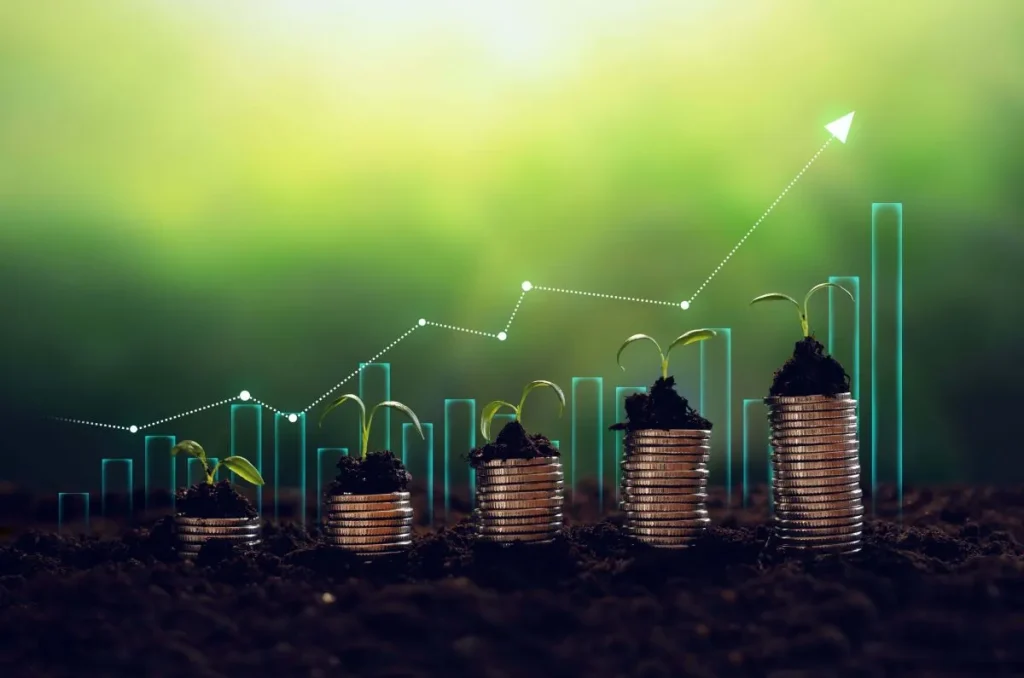
Certain real estate market segments, like residential or commercial properties, show resilience and even flourish when economies recover from downturns or crises. Growing consumer confidence stemming from people’s and businesses’ renewed belief in the stability and potential of the economy is one of the main factors propelling thriving markets. Good interest rates, which are frequently imposed by central banks as a tool of monetary policy to encourage economic activity, are also a major factor in the growth of real estate markets. Furthermore, the real estate industry can be given a boost by government stimulus plans or incentives designed to stimulate economic growth and attract investment and development.
Changes in demand brought about by shifting work schedules, lifestyles, or business requirements in the Philippines can open up new real estate market opportunities and spur the growth of certain niches like mixed-use developments, e-commerce warehouses, and properties suitable for remote workers. This trend represents opportunities for developers, investors, and homeowners in equal measure, as they take advantage of the economic recovery’s momentum to engage in real estate transactions, grab hold of profitable investment opportunities, and adjust to changing market conditions.
All things considered, robust markets in a rebounding economy emphasize the relationship between economic well-being and real estate performance, underscoring the industry’s critical role in both influencing and mirroring larger macroeconomic patterns.
Adaptability in the Real Estate Market Following the Lockdown
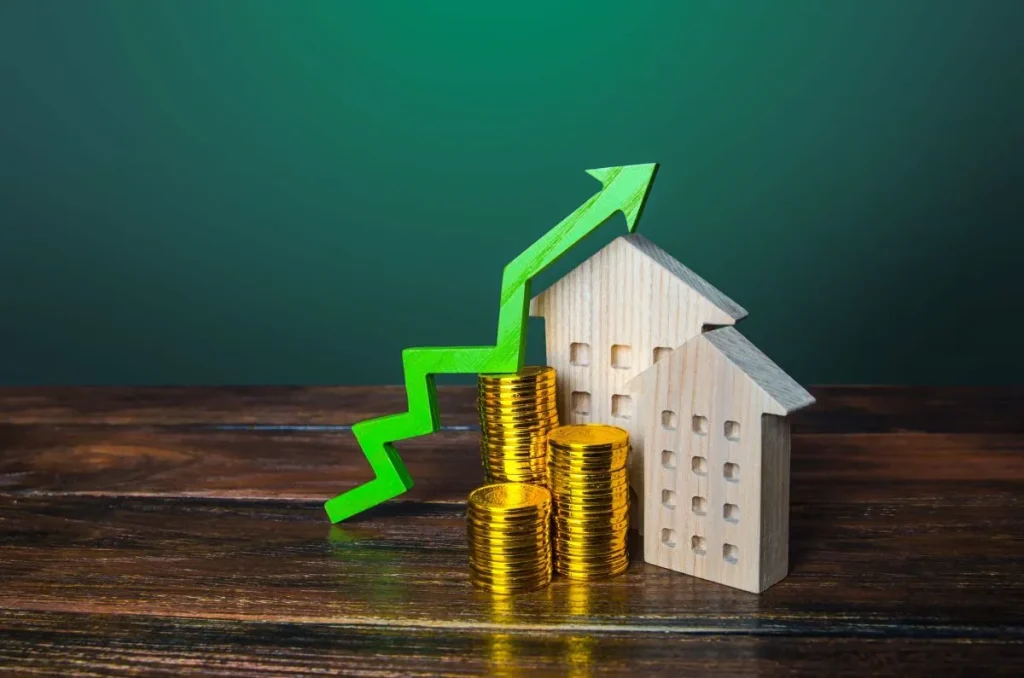
Despite being surrounded by a recovering economy, Crown Asia’s Ponticelli goes well beyond what it has to offer. It is a prime example of how the real estate industry is changing and what fresh developments are appearing. Its prime location, current features, and focus on connecting with others appeal greatly to purchasers looking to upgrade their lifestyle after the lockdown in addition to those looking for a place to live.
Ponticelli is a reflection of larger real estate market trends, where people are looking for stability and long-term investment opportunities in an uncertain world, which has led to a surge in demand for high-quality housing. The property’s continued appeal and steady performance confirm its position as a pillar of stability and wealth creation in aftermath of the lockdown and demonstrate to the real estate industry’s resilience in the face of economic uncertainty.
Acquisition Surge of the Property

A notable upsurge in real estate purchases has occurred since the lockdown, driven by the recovering economy and increased self-assurance among both for the homeowners and investors. More people are taking advantage of the chance to invest in real estate as stability and growth are replacing economic uncertainty. They see it as a safe haven in the face of market volatility as well as a profitable financial asset.
The aspiration of becoming a homeowner has become an attainable goal for a considerable number of people due to the availability of affordable loans and increased incomes. Following the Covid 19 pandemic, people’s need for security and a sense of community has grown, leading them to prioritize homeownership as a way to put down roots and ensure a better future for themselves and their families. The increasing popularity of real estate investing is a reflection of both the economy’s tenacity and the durability of real estate as a tangible asset class in a world that is constantly changing.
Examining the Unforeseen Trajectories of Post-Lockdown Economies and Their Implications
The Philippines’ economy is showing itself in previously unheard-of colors as it emerges from the shadow of lockdowns, defying predictions and graphs. The pandemic spurred industries to rethink their futures in a world transformed by crisis, acting as a catalyst for innovation and adaptation. These unexpected trends, which range from the growth of remote work to the quickening of the digital revolution, attest to the adaptability and energy that characterize human societies. Notwithstanding the optimism, there are still problems and doubts, such as the possibility of rising inequality and the threat of inflation.
Urban Redevelopment Initiatives
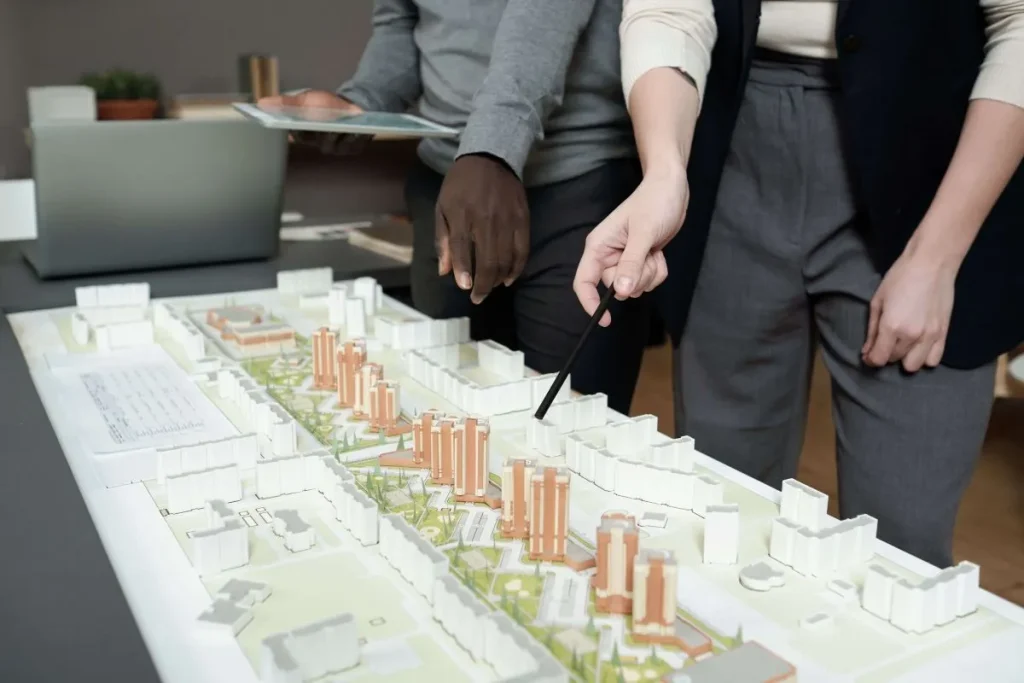
Government agencies, commercial developers, urban planners, and community stakeholders work together on these projects. The principal aim is revitalizing urban environments that have been neglected or are in decline, while also promoting economic growth, improving the standard of living, and encouraging sustainability. These projects seek to create exciting, welcoming, and resilient urban environments through mixed-use developments, adaptive reuse of existing structures, infrastructure improvements, community engagement, and sustainable design principles. Urban Redevelopment Initiatives are essential in reshaping urban landscapes and repurposing underutilized spaces to ensure that cities continue to be vibrant centers of culture and commerce.
Finding Balance in Pandemic Recovery
Policymakers confront the difficult challenge of striking a balance between the need to safeguard public health and the need to revive the economy and lessen the socioeconomic consequences as societies work to recover from the disruptive effects of the pandemic. To achieve this balance, policies that protect public health—such as immunization campaigns, testing and tracing procedures, and upgrades to healthcare infrastructure—must be put in place at the same time as policies that promote economic revival—such as targeted stimulus packages, regulatory changes, and assistance for impacted industries.
Achieving this balance requires sector-wide cooperation and thoughtful decision-making to make sure that health concerns guide economic policies and vice versa, realizing that both aspects must work in harmony for a strong and long-lasting recovery. Furthermore, societies can navigate unforeseen challenges and steer toward a more inclusive and sustainable post-pandemic future by adopting resilience and adaptability as guiding principles.
Interconnection between Real Estate and Economic Health
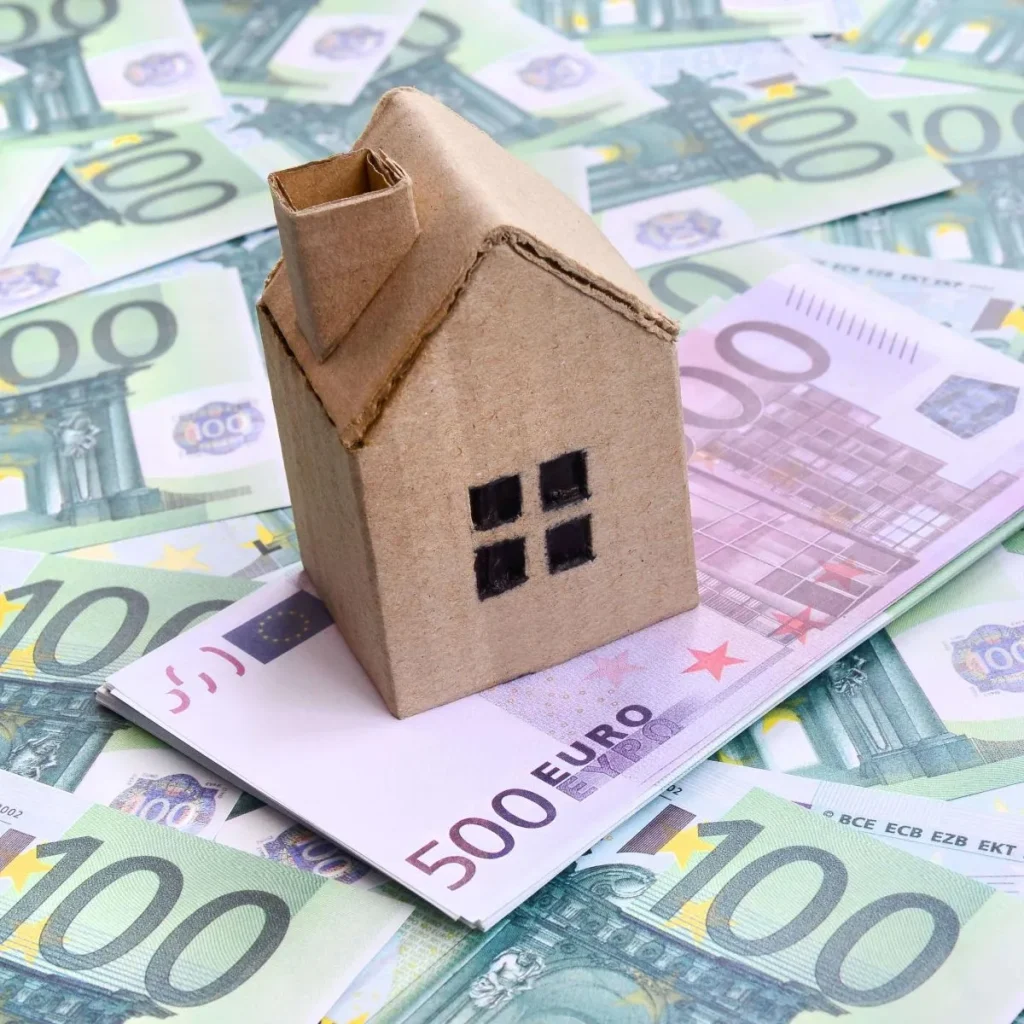
A thriving economy is usually accompanied by higher consumer spending, business investment, and employment generation, all of which drive up demand for real estate, including residential, commercial, and industrial buildings. On the other hand, recessions can cause job losses, a decline in consumer confidence, and a decrease in the demand for real estate, which can lead to a decline in market activity and property values. In addition, variables like interest rates, investor mood, governmental regulations, and policy shifts impact the relationship between real estate and the overall economy. For stakeholders in both sectors to effectively respond to market trends, reduce risks, and promote sustainable growth, they must comprehend and navigate these interconnections.
Investor Confidence and Market Sentiment
When the economy is growing and stable, real estate is seen as an attractive investment opportunity by investors. This sentiment is reinforced by positive economic indicators, such as strong GDP growth, low unemployment rates, and robust consumer spending, which all encourage more money to be invested in real estate assets like homes, businesses, and development projects. However, investors may become more cautious during times of economic uncertainty or downturns, which could result in a decline in real estate investment activity.
This anxiety can be exacerbated by variables like unstable markets, growing interest rates, or geopolitical unrest, which leads investors to reevaluate their real estate investing approaches and risk tolerance. Thus, determining the direction of real estate investment trends and making wise decisions in response to shifting economic conditions require an understanding of investor confidence and market sentiment.
Consumer Spending Patterns
When lockdowns first began, consumer behavior was characterized by major disruptions and cautious spending sentiments. However, over time, these patterns underwent notable transformations. As customers became used to remote work and social distancing practices, the trend towards online shopping and e-commerce platforms quickened. Purchases of necessities and home furnishings increased, indicating a shift in priorities toward comfort, safety, and health.
The real estate market witnessed a downturn, with decreased activity in property transactions, leasing, and development projects. Consumer confidence gradually recovered as lockdown measures eased and vaccination campaigns advanced, sparking a rise in discretionary spending and the rebirth of some industries. This analysis clarifies the changing consumer landscape and offers useful information to help businesses and policymakers navigate the economic recovery following the lockdown.


